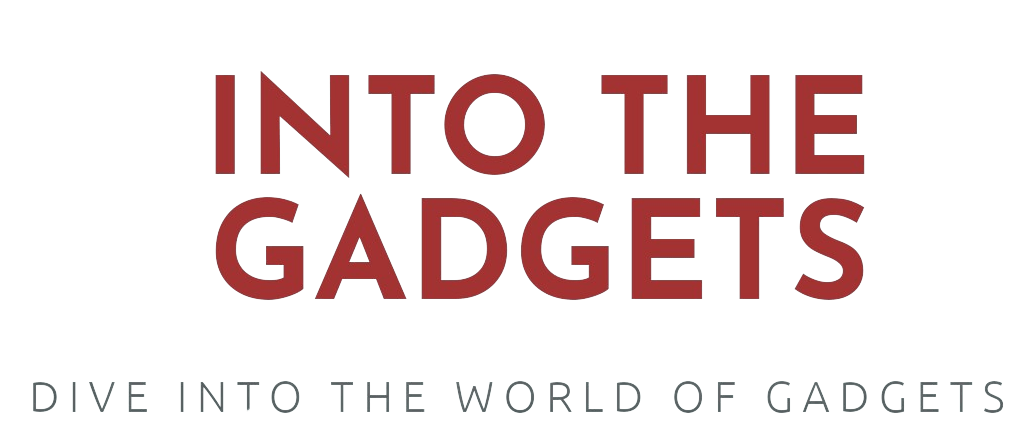IoT has started to revolutionize the way we live and work. IoT technology has already permeated every aspect of our ecosystem, from smart home devices to industrial sensors. But how much will IoT device costs in the USA? Knowing the costs will help you make better and more informed decisions. The following article breaks down the factors influencing the cost of IoT devices, provides an overview of the costs of IoT devices concerning the type of devices, and also gives some valuable tips on how one can save money.
Factors Affecting the Costs
There are various elements that determine the costs of IoT. Let us look at the main components:
Hardware and Components: The hardware in any IoT device is the most noticeable. It includes the sensor, actuator, and connectivity module. It seems evident that good quality is usually expensive; just like that, good quality costlier components provide good performance and last long.
Software and Development: The development of software that runs on IoT can be costly. This includes the firmware in a device and associated applications or cloud services. Customized solutions greatly raise the total cost.
Connectivity and Networking: IoT devices need to be in contact with other devices and central systems. This requires various connectivity options, for instance, Wi-Fi, Bluetooth, or even cellular networks. Options regarding connectivity have substantial consequences on the front-end cost and subsequent expenses.
IoT Data Management and Storage: These IoT devices generate a lot of data; hence, their storage and management securely become very important. Cloud storage solutions are very popular, but they have subscription fees added to the overall cost.

Cost Analysis by Device Type
Now, let’s break down the costs into the different types of IoT devices:
IoT Devices: These include devices like smart thermostats, security cameras, and smart speakers. These gadgets can be anywhere between $50 to $300 each. For instance, a really high-quality smart thermostat, like the Nest Learning Thermostat, costs about $250.
Wearable Devices: Examples are wearable smart devices, including fitness trackers and smartwatches. The prices quite vary, right from approximately $30 for some simple fitness trackers to more than $400 for high-end smartwatches, such as the Apple Watch.
IoT Industrial Devices: These are utilized for manufacturing, agriculture, and other industries. The cost ranges from several hundreds to many thousands of dollars per device. A simple example is industrial sensors for equipment monitoring, which could be in the range of $500 to $2,000.
Average Costs of Popular IoT Devices
To give you a better idea, here are the average costs of some popular IoT devices:
Smart Home Gadgets: Smart plugs- $20-$30; smart bulbs- $10-$50; and smart locks- $100-$250.
Wearable Tech: From basic fitness trackers ($30-$100) and mid-range smartwatches ($150-$300) to high-end smartwatches ($300-$500).
Industrial Sensors: Temperature sensors can range anywhere from $100-$500, depending on the model; pressure sensors range from $200-1,000 dollars; while vibration sensors range in cost from $500-$2000.
Additional Costs to Consider
Other Costs to Consider When planning any budgets for IoT devices, do not forget to further consider these other costs, including:
Installation and Setup: While some devices are pretty easy to install yourself, others require professional installation and can alone add up to $100-$500 to the total cost, depending on the level of difficulty.
Updates and Maintenance: Keeping your IoT devices updated is very important in order to keep them secure and at peak performance. Some manufacturers will provide free updates while others may want to charge you a subscription.
Subscription Services: Many IoT devices will rely on cloud services to store data and advanced features, and their subscription fees run anywhere from $5-30 a month depending on the service.

Cost-Saving Tips
Following are some of the valuable cost-saving tips which shall help in saving money with the IoT devices:
Economies of Scale: Buy many devices in bulk, as the price may be lower for more than one device from the same manufacturer. Checking for Discounts and Promotions: Look for promotions and sales. Events like Black Friday and Cyber Monday are good opportunities to get IoT devices at good prices.
Choosing Devices with Longer Warranties: For example, while the devices that have longer warranties may cost a bit more, they actually save you money in the long term because the replacement rate for those devices will be lower. In short, there are many strategic ways to reduce costs for the IoT solution.

Future Trends and Cost Projections
The IoT market is dynamic and its pricing is likely to further fluctuate. Following are some trends to watch:
Technology and Cost: As technologies improve, the cost of the IoTs should go down. New ways of manufacturing techniques and materials can result in cheaper and efficient devices.
Market Forces: A competitive environment among the manufacturers will likely drive the prices down. Economies of scale can also kick in when more consumers adapt to the IoT technology.
Final Words
This is important, as one needs to be informed in making a decision when it comes to investing in IoT gadgets. Several factors explain why these costs are driven by an increasing trend: hardware and software, third-party connectivity providers, data management, and others. Let’s consider a few additional expenses and get tips that will enable you to get the most out of investment in IoT technology. Contemplate future trends to remain on the leading edge and make intelligent purchasing decisions.
Indeed, investments in IoT devices will make your life so much easier at home and improve your health, while augmenting your business further. Once adequately informed with the right knowledge of cost, one can find their way through the realm of IoT. Happy shopping!











